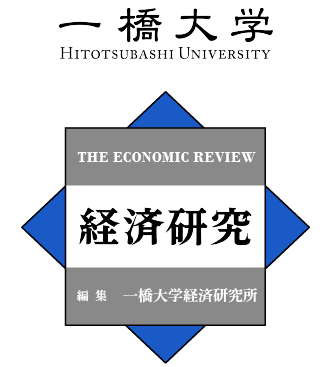Jan. 25, 2020
応急仮設住宅における社会的孤立 --福島県の事例--
Forced Evacuation and Social Isolation in Fukushima
要旨Abstract
福島第一原発事故避難者が入居する仮設住宅において,どのような避難者が社会的孤立に陥ったのか? また,その傾向は時間とともにどのように変化したのか? 本稿は福島県いわき市の仮設住宅で2013年9月に行った独自世帯調査を用いて,これらの問題に答えようとするものである.本稿の特徴は,仮設住宅入居後の孤立の推移を分析する点,個人の性格を表す主要5因子の影響にも注目する点,そして世帯調査の回答回収率が高い点の3点である.分析結果によると,回答者の3割は入居当初に仮設住宅内で話し相手が一人もおらず,6割が緊急時に手助けを頼める相手が誰もいなかった.調査時点でも依然として5%の人々が誰とも会話をしていなかった.また孤立者には,若者や内向的個人,利己的個人のように入居時から継続してネットワーク規模が小さい避難者と,男性や無職者のように入居時のネットワーク規模は平均的であったものの,その後のネットワーク形成が停滞した避難者の2タイプが存在した.最後に大規模仮設住宅や駅周辺の仮設住宅では,男性のネットワーク形成がさらに停滞した.
This study examines determinants of forced evacuation, and the changes in social isolation in forced evacuees, from the Fukushima Daiichi nuclear power plant accident. Using a unique survey conducted in temporary housing in Iwaki city, we find that around 30% of the evacuees did not have conversations with anyone in the housing and 60% could not call for help when they moved to the housing. Further, 5% did not have conversations even 2.5 years after the accident. The isolated evacuees can be classified into two types: those who had been persistently isolated since moving, such as young, introverted, and self-interested evacuees, and those who could not form a personal network in the evacuation site, like male and jobless evacuees. The poor network formation of males was aggravated in large-scale housing located near downtown.
書誌情報Bibliographic information
Vol. 69, No. 1, 2018 , pp. 55-74
HERMES-IR(一橋大学機関リポジトリ): https://hdl.handle.net/10086/29028
JEL Classification Codes: I12, I18
